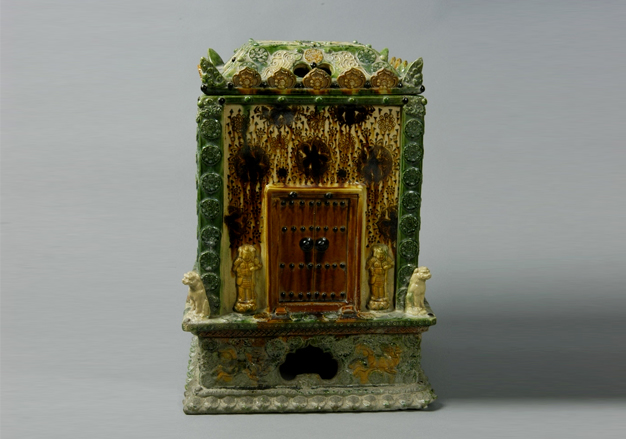
In 1966,the three-color glazed Sarira case was excavated from a stone casket in the crypt underneath the Pagoda pedestal built in the Northern Song Dynasty, located in Fahai Temple, Xinmi County, Henan province. The gorgeous and delicate case has gone through a thousand years without losing any of its splendors, making it a rare cultural relic.
The Sarira case, composing of a pedestal, a body, and a top cover, is shaped with white Kaolin, followed by glazing the outside, and firing. The pedestal is contracted in the center, and in the shape of the Xumizuo base, and the four corners are decorated with pillars. The body is in the shape of a hollow square case with four corners each decorated with a lotus-pattern pillar and a crouching lion. On both sides of the gate stands a Guard Deity on upward-facing lotus. The area above and beside the gate are decorated with lotuses of different size. The inner wall of the case is inscribed with the family name of the craftsman and the manufacturing date in Chinese as “crafted by the Zhang’s on Nov. 3 in the first year of Xianping period”. The top cover takes a flat roof of four-slope style, with inner wall inscribed with words as “donated by Qiu Zhixun on Nov. 3 in the first year of Xianping period”. The exterior of the case is glazed with three colors, namely, brown, yellow and green.
With exquisite molding, bright color, lifelike images, and graceful shape, the three-color glazed Sarira case carries rich information, therefore it boasts great values in art, history and science.
The three-color glazed Sarira case is not only one of the greatest Buddhist cultural relics discovered in the Central Plains, but also a significant evidence of traditional Chinese custom of interring Sarira.
The ritual of burying Sarira is mainly about the layout, the coffin and the sacrifice . Two layers of stone caskets were discovered in the crypt underneath the Pagoda pedestal in Fahai temple, Xinmi County. In the upper one places three-color glazed Pagoda. On the inner wall of the lower one carved four pictures telling stories about Buddhism spreading. The donor’s name was inscribed inside the top cover. Also found out from the casket were: two sets of three-color glazed Sarira Pagoda, one set of three-color glazed Sarira case, fifty pieces of glass vessels, three copper statues of Buddha, 457 copper coins, two porcelain Sarira boxes and two silver Sarira boxes. Presumably, the four boxes might have been placed in the three-color glazed Sarira case.
Given the above, the Sarira case is supposed to be a very important Sarira vessel. Its unique shape, sophisticated carving lines, exquisite decoration and delicate craftsmanship reflect people’s reverence to Sarira and devotion to Buddhism.
Many a Sarira containers excavated out of the crypt underneath the Pagoda pedestal are often named “Sarira Casket”, a few “Sarira Case”, in some cases, they are inscribed with the name such as “Sarira Chest” or “Sarira Cabinet”. Generally, a set of nesting containers containing the same Sarira is called N-layer nested caskets.
In 1987, over 10 varying nested caskets containing four pieces of Buddha’s Finger Bone Sarira were discovered in the crypt underneath the Pagoda pedestal in Famen Temple . The First Finger Bone Sarari is stored in eight-layer nested caskets (figure 1). The Third Bone Sarari is kept in five-layer nested caskets (figure 2).
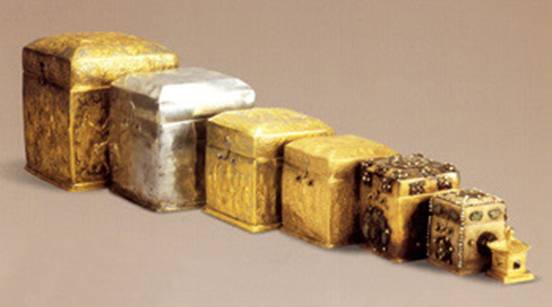
Figure 1 The Nested Caskets for the First Finger Bone Sarira Excavated from the Famen Temple crypt
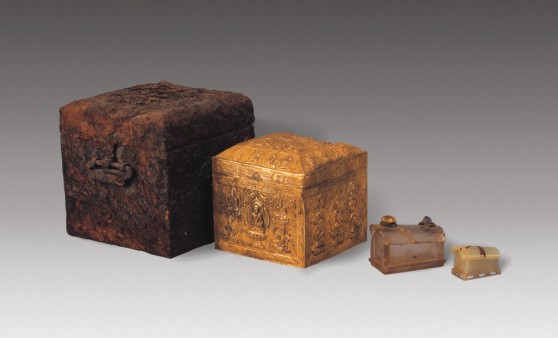
Figure 2 The Nested Caskets for the Third Finger Bone Sarira Excavated from the Famen Temple crypt
The gilded Sarira casket with a Luding-style cover and four Heavenly Kings design(as illustrated in figure 3). The four walls of the casket are decorated with the image of the Four Heavenly Kings, who are flanked by Heavenly Generals and Yakshas (hideous person) standing on both sides. The casket is the seventh set of the eight-layer nested caskets.
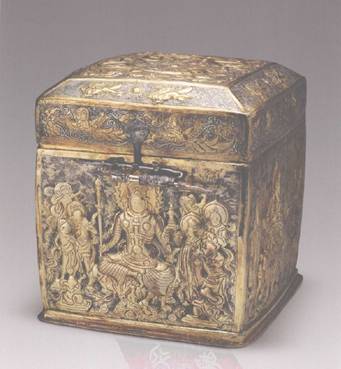
Figure 3 The Gold-plated Sarira Casket with a a Luding-style cover and Four Heavenly Kings Design Excavated from the Famen Temple crypt
The plain silver Sarira casket with a Luding-style cover (figure 4). It is made of metal plate and its surface gets polished. The top cover takes a flat roof of four-slope style and the casket is in the shape of a square box. It is the sixth one of the eight-set nested caskets.
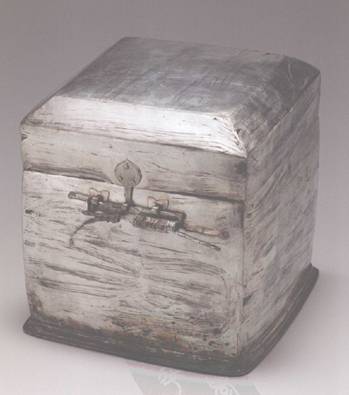
Figure 4 The plain gilded silver sarira casket with a Luding-style cover excavated from the Famen Temple crypt
The gilded silver Sarira casket with a Luding-style cover and scene of Buddha expounding doctrine on the front side (Figure 5). It is the fifth of the eight-layer nested caskets.
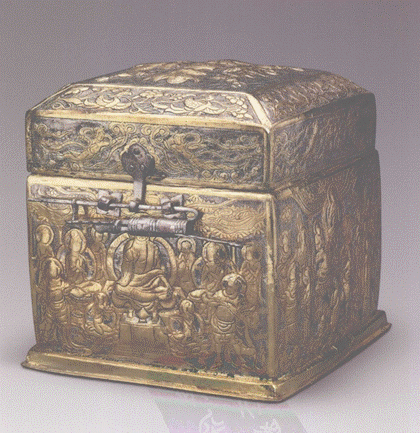
Figure 5 The gilded silver sarira casket with a luding-style cover and scene of Buddha expounding doctrine on the front side excavated from the Famen Temple crypt
The gold Sarira casket with six-arm Avalokitesvara design (figure 6). The top cover is embossed with two confronted flying phoenix. The facade is embossed with six-arm Avalokitesvara. It is the fourth of the eight-layer nested caskets.
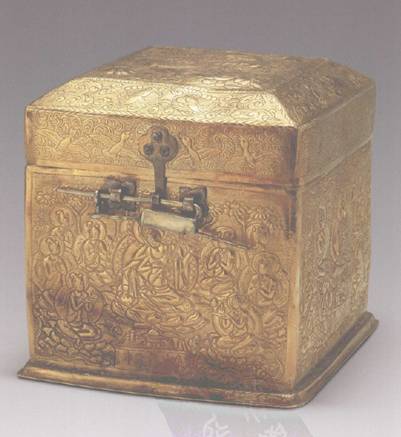
Figure 6 The Pure Gold Sarira Casket with Six-arm Avalokitesvara Design Excavated from the Famen Temple Crypt
The pure gold Sarira casket with gold frame design inlaid with gems and pearls (figure 7). The center of the top cover is decorated by a splendid rosette composing of emerald, ruby, and pearls. The casket is the third one of the eight-layer nested caskets.
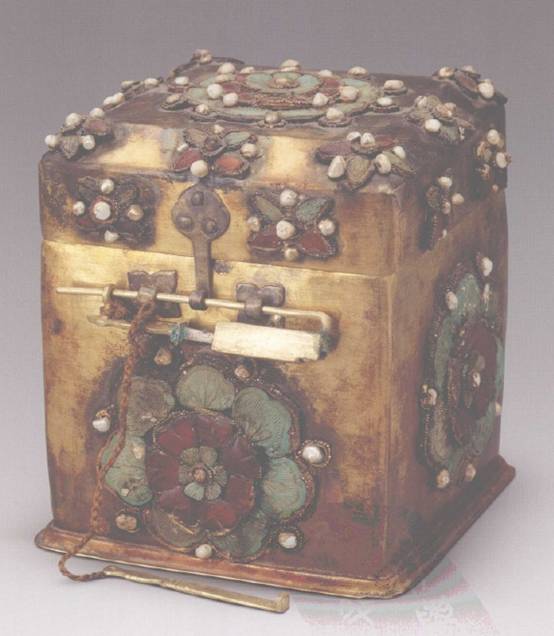
Figure 7 The pure gold Sarira casket with gold frame design inlaid with gems and pearls excavated from the Famen Temple crypt
The gold Sarira casket with gold frame design inlaid with pearls and jade-like stones (figure 8) . The casket is fully embellished with pearls and gems. It is the second one of the eight-layer nested caskets.
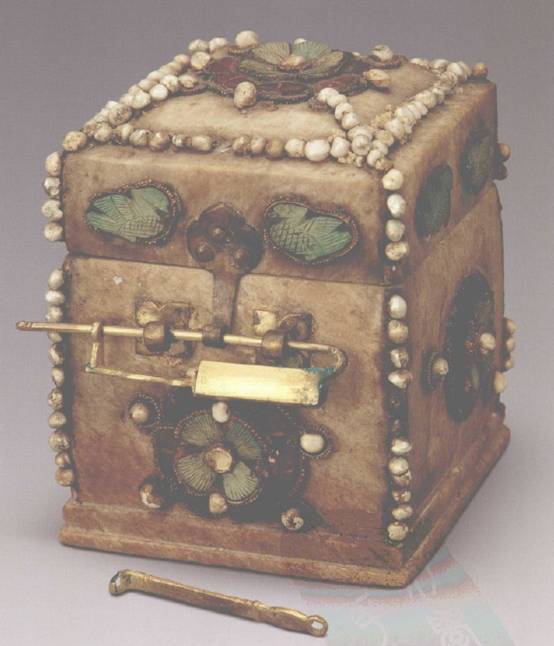
Figure 8 The Gold Sarira Casket with Gold Frame Design Inlaid with Pearls and Jade-like Stones Excavated from the Famen Temple crypt
In December 1964, a stone sarira casket of the Northern Wei Dynasty was discovered in the rammed earth underneath the Pagoda pedestal, in the northeastern Dingxian County, Hebei Province .
In September 1987, a square stone sarira casket of the Sui Dynasty (figure 9), chiseled out of green marble, was discovered in Zhengding County, Hebei Province .
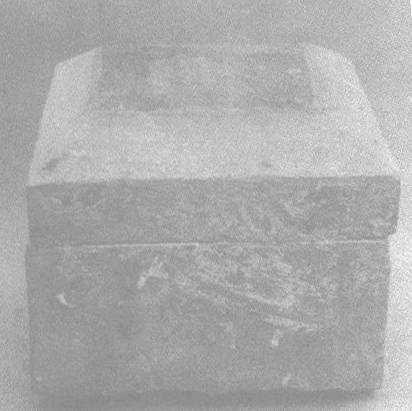
Figure 9 The stone sarira casket of the Sui Dynasty discovered in Zhengding County, Hebei Province
In April 1969, a stone Sarira casket of the Sui Dynasty was discovered in the Pagoda crypt in Shende Temple of the Sui Dynasty in Yao County, Shanxi Province . It was nested with gilded bronze casket, round bronze box, gilded square bronze casket, glass flask, and bronze vase with a trumpet-shaped mouth.
In April 1975, a Sarira casket of the Tang Dynasty was discovered in Bohai Township, Ning’an County, Heilongjiang Province (figure 10) . The set of caskets consists of nine nested cases which are made of different medium, such as stone, iron, copper, a lacquer, silver, and glass.
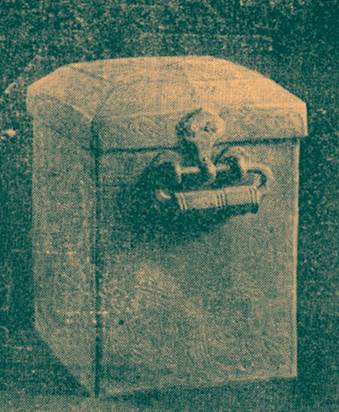
Figure 10 The sarira casket of the Tang Dynasty discovered in Bohai township, Ning’an County, Heilongjiang Province
In August 1997, a set of seven nested sarira caskets were discovered in Baimiaozi Village, Bohai Town, Ning’an County, Heilongjiang Province (figure 11) . The containers are also made from various medium including stone, lacquer, copper, gilded copper, silver, gold, and glass.
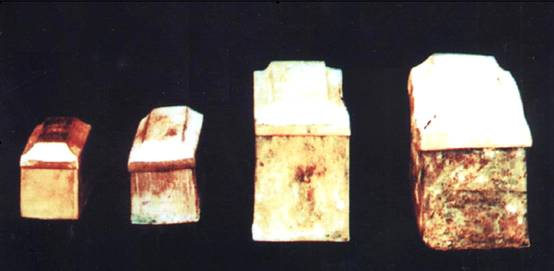
Figure 11 A set of nested sarira caskets discovered in Baimiaozi Village, Bohai Town, Ning’an County, Heilongjiang Province
In 1988, a square stone casket was excavated from the Pagoda crypt in Fusheng Temple of the Song Dynasty, in Dengzhou City (figure 12) . It was found on the groove of the stone base which is in a xumizuo-style. The top cover of the casket is in shape of a pyramid. The joint part of the cover to the body is smaller and can be inserted into the body.
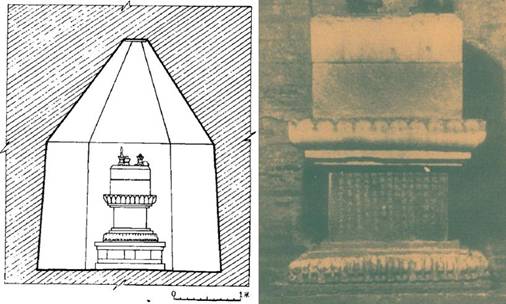
Figure 12 The cross-section of the pagoda crypt under the pagoda pedestal and the square stone casket excavated from the crypt in Fusheng Temple
In 1956, a stone casket and an iron one were discovered in the square case of the third floor in Huqiu Pagoda, Suzhou City (figure 13) . The iron casket was nested in the stone one.
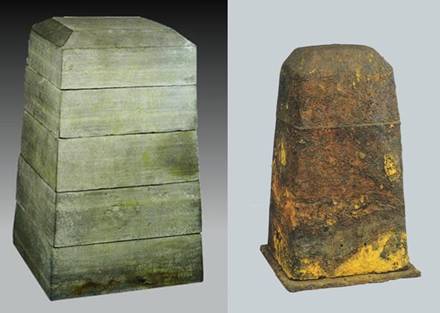
Figure 13 The stone casket discovered in the square case of the third floor in Huqiu Pagoda
In 1978, a wooden sarira casket of the Song Dynasty with painted image of Four Heavenly Kings was discovered in the third floor of the heavenly palace of the Ruiguang Pagoda in Suzhou City . It was nested in another wooden casket.
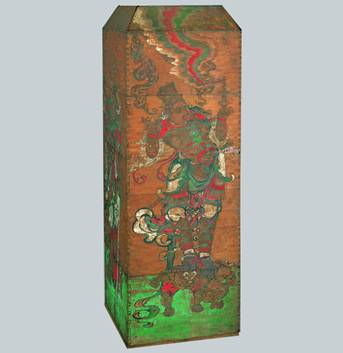
Figure 14 The wooden sarira casket of the Song Dynasty with painted image of Four Heavenly Kings discovered in Ruiguang Pagoda
The sandalwood Sarira casket of the Northern Song Dynasty embellished with polychrome Four Heavenly Kings was excavated from Huiguang Pagoda in Xianyan Temple, Rui’an city, Zhejiang province (figure 15) . The casket was made from sandalwood and composed of a lid and a base.
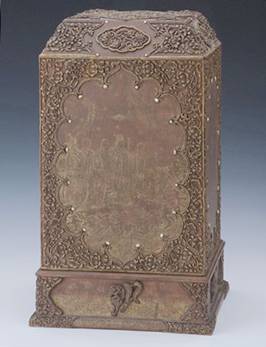
Figure 15 The sandalwood sarira casket ornamented with gold and lacquer of the Northern Song Dynasty excavated from Huiguang Pagoda in Xianyan Temple, Rui’an city, Zhejiang province
2001. The iron sarira casket was excavated from the Leifeng Pagoda crypt in Hangzhou City, Zhejiang Province (figure 16) . The casket was composed of a pedestal plate and an iron cover.
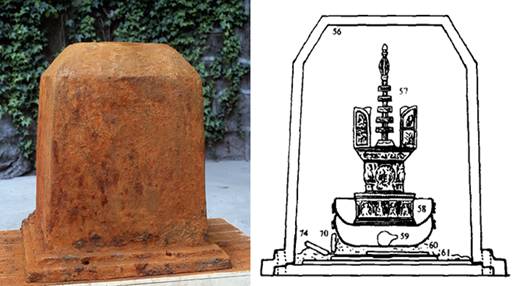
Figure 16 The iron sarira casket excavated from the Leifeng Pagoda crypt and the cultural relics found inside
The sarira containers found in China involve diverse types, such as casket, vase, box, jug, jar, case, pagoda, coffin, and etc, and the medium vary, but stone, iron and copper are adopted in most cases.
The three-color glazed sarira case housed in Henan Museum is an unique one, that it elaborately integrates Buddhist faith with traditional Chinese sculpture, architecture, ceramics, and color art, not only creating a solemn Buddhist atmosphere, displaying the dignity and splendor of the place the sarira interred, but also demonstrating the rich cultural connotation of Buddhism, as well as the glamorous art of Chinese three-color glaze.
Question 1:What is the main image expression of Buddhism spread? What are the main expressing ways of the Buddhism spreading by way of image?
Question 2:What is the relationship between the burial systems for sarira and for Han Chinese?
Your answer please, if you have any questions or answer, please feel free to send us email, we are waiting for your answers and participation, and your comments, answers and suggestions will be highly appreciated. We will select and publicize the most appropriate answers and comments some time in the future.
Weekly Selection Email: meizhouyipin@chnmus.net
Sancai is a type of lead-glazed pottery fired at a lower temperature, primarily prevalent in Tang, Song, Liao dynasties, and mostly for burial purposes.
The Song sancai are usually named the colored lead-glazed ceramics produced by following the Tang sancai in low temperature in Song Jurchen Jin dynasties. The greenwares are largely decorated with engravings and carvings, followed by filling in colored glaze slip based on the ornamentations, and finalized with the second firing.
The Song sancai derived from the Tang sancai by inheriting the technology of Tang dynasty, accordingly, it shares some similarities with its predecessor, but the differences are also visible, summarily, they includes the following aspects.
1. The numbers of Song sancai kiln increased remarkably, and the range enlarged.
2. The surface of the Song sancai is usually applied with a layer of white engobe, resulting in better vitreous china and low porosity.
3. Due to the extensively adopted color-painting and color-filling techniques, Song sancai shows a rich, solemn and graceful art style.
4. The embellishment on the surface of the Song sancai was highlighted by incised or painted patterns of flower, plant, figure, and animal.
5. Song sancai wares are predominantly the practical utensils such as pillow, stove, and etc.
6. Some of the Song sancai wares are incised or inscribed with inscriptions, signatures and poems.
The three-color glazed Sarira case collected in Henan Museum is featured with specific date, producer, and patron, providing solid evidence for the study on the porcelain-making industry and commodity economy of the Northern Song Dynasty.
Additionally, it is a representative work in the transition period from Tang sancai to Song sancai, and serves as a significant reference for dating the related cultural relics.
